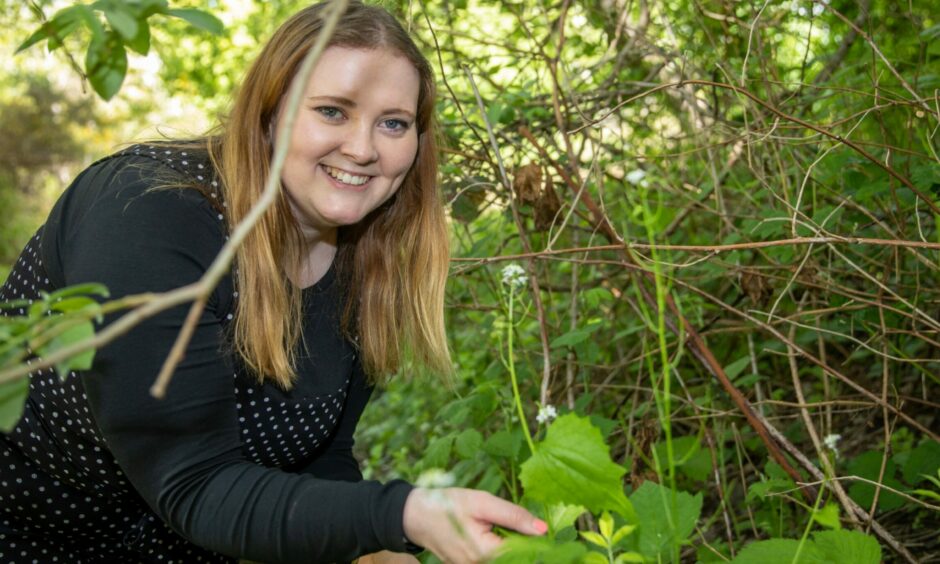
Foraging is not for the faint-hearted – or for the inexperienced.
In order to forage successfully, you have to know what to look out for – and what to avoid. Check out my safety tips at the end of this article.
Another key aspect of foraging is not taking too much.
That’s something that I had to unlearn after years perusing supermarket shelves and being able to take whatever I need – or, more often, want.
Violet Fraser has been foraging since 2020, when getting outdoors became essential for her mental wellbeing during the pandemic.
She took me out on a foraging jaunt at The Miley in Dundee and I was shocked by how much real food we came across, just feet from the well-worn path.
To start us off, Violet grabbed some cleavers. You might never have heard of them (I certainly hadn’t) but you may have heard of sticky willow – or the ruder alterative the plant often goes by.
She left the plant and its iconic sticky seeds sitting in the water during our forage, to infuse their flavour in the water. At the end of it, we had a refreshing drink waiting for us.
It tasted a lot like cucumber water, and thanks to the ice pack Violet brought in her backpack, it was lovely and chilled too.
Foray into foraging at The Miley in Dundee
We began our walk along The Miley at around 11, and it was a beautiful sunny day. I have to admit I was a little worried that we would be grabbing every freaky-looking fungi along the way and I’d need to have Ninewells on speed-dial.
But we really took our time and made sure to only forage plants Violet was certain of. Although she wouldn’t call herself an expert – more of an “enthusiastic amateur” – she seemed like one to me, a total foraging novice.
During the foraging outing, Violet taught me a lot about what you can and can’t eat.
We found a lot of bramble leaves which can be used for many different dishes.
“The great thing about everyone having phones with cameras – you can take photos of what you find,” Violet said.
“Then go home, do your research, join some foraging groups online.
“Don’t be upset if you’re constantly figuring out like ‘oh, that wasn’t edible and this wasn’t edible’.
“It’s about being engaged with your environment, I think that is one of the most important parts of foraging.”
We happened upon some gorse, which is not only edible but has a lovely coconut flavour.
Violet often adds this as a garnish to dishes. But don’t mix this up with the similar-looking broom.
Gorse, with its spiky spines, is edible. But the flowers on a broom shrub, despite being similar in appearance to gorse – and smelling of vanilla – are not edible.
“If you’re not 100% sure about a plant, don’t risk it,” she said.
One of Violet’s foraging mantras is: “If in doubt, leave it out.”
Violet has been doing this for years and has built up the knowledge to be able to make meals out of her foraged plants, fruits and nuts.
The trick is expanding the plants you can trust and identify each year you forage, and learn when they will be in season.
Violet said: “I love opening my fridge or my tea cupboard and seeing all of these natural wild ingredients.
“I’ll dry things as well to preserve them during the year.”
We finished off our forage with some tasty tea.
This is something I will be trying again as it is super easy. It’s simply a case of identifying raspberry and bramble leaves and adding them to some boiling water.
We let them brew for a while and then we had some delicious, fruity-flavoured tea – all natural and free as well.
The drink is also rumoured to help with menstrual cramps.
After my day foraging on The Miley, I would absolutely give it a go again. I already have a foraging book on my wish list and I’m planning on brewing that tea next time I’m out camping – if I can find the right leaves, that is.
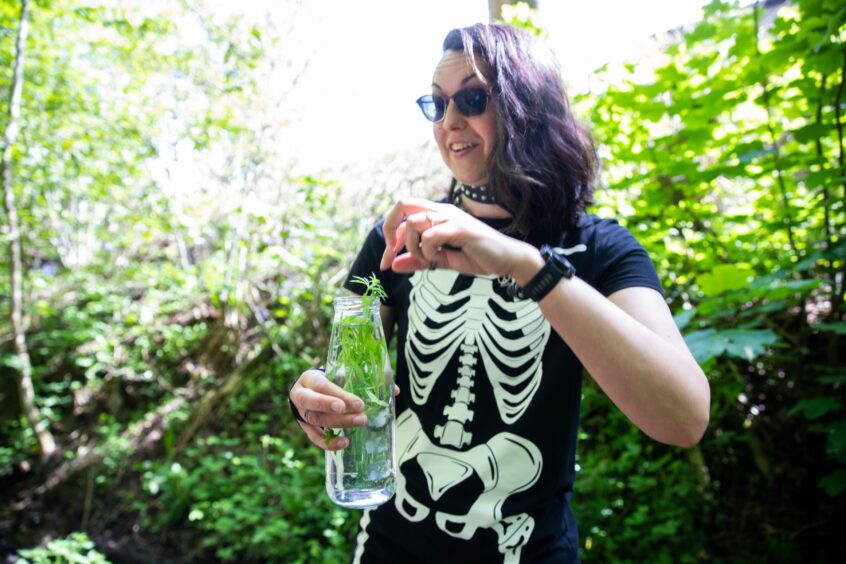
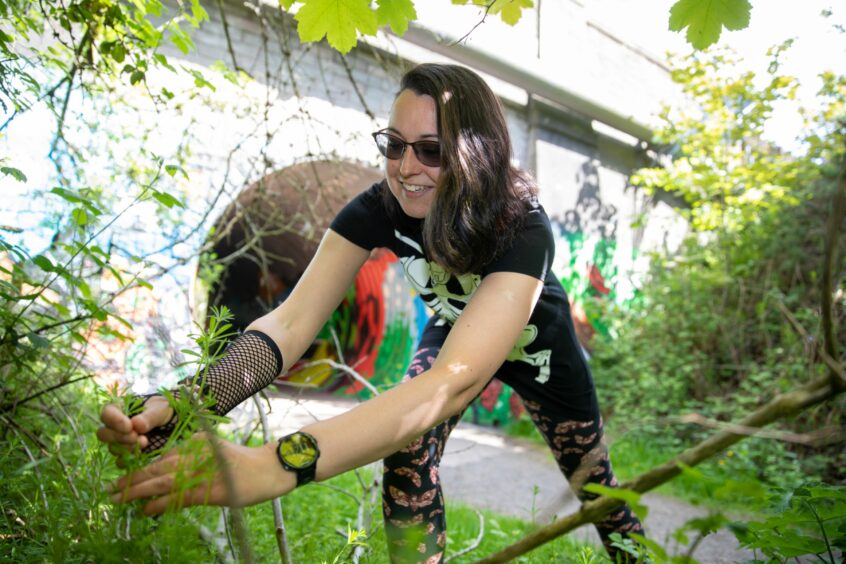
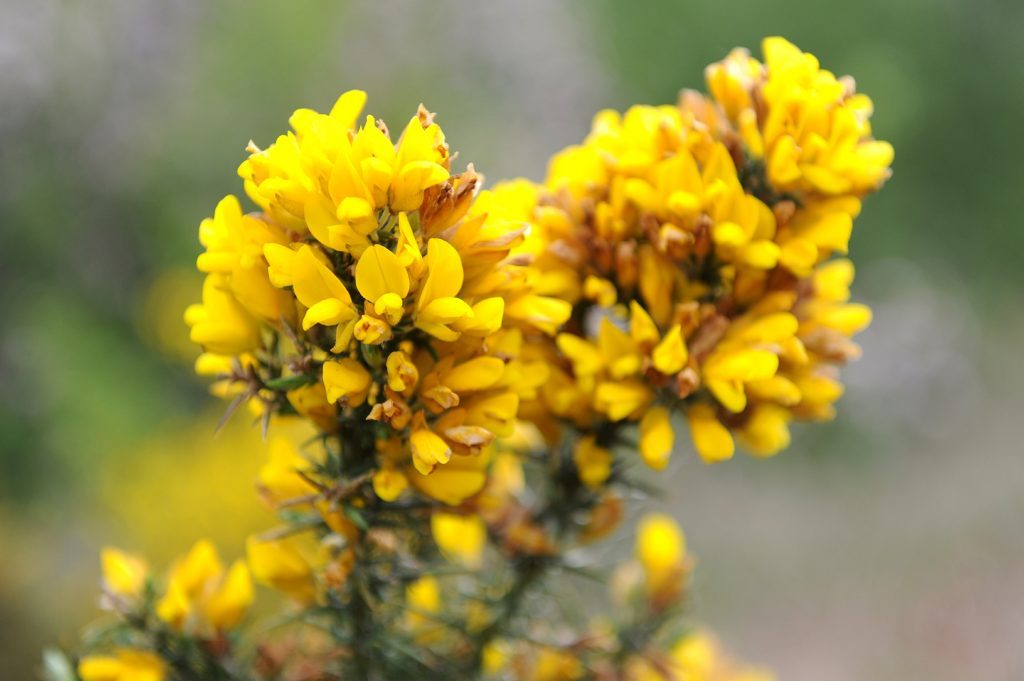
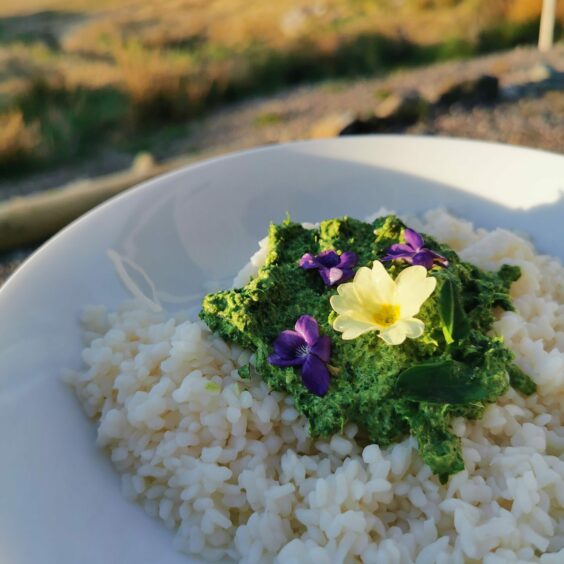
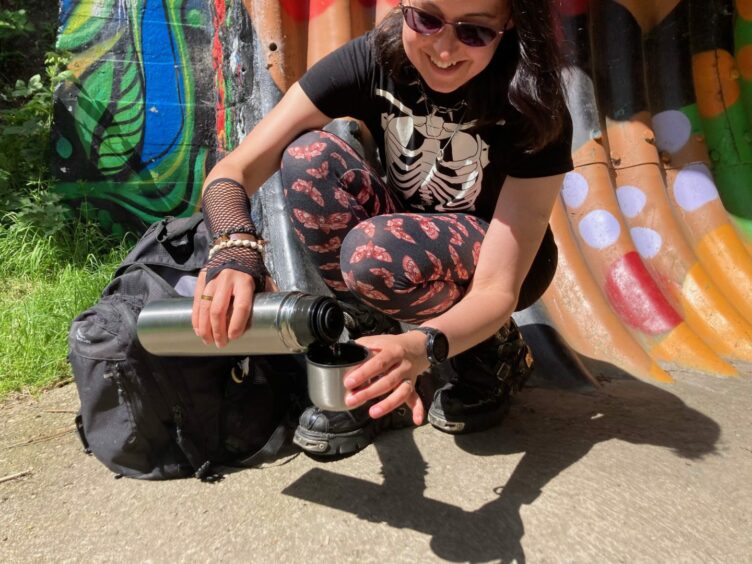
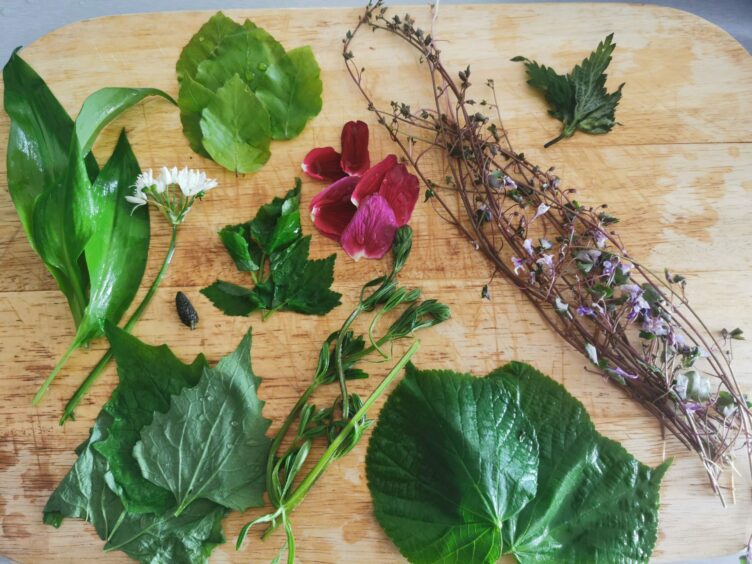










Conversation